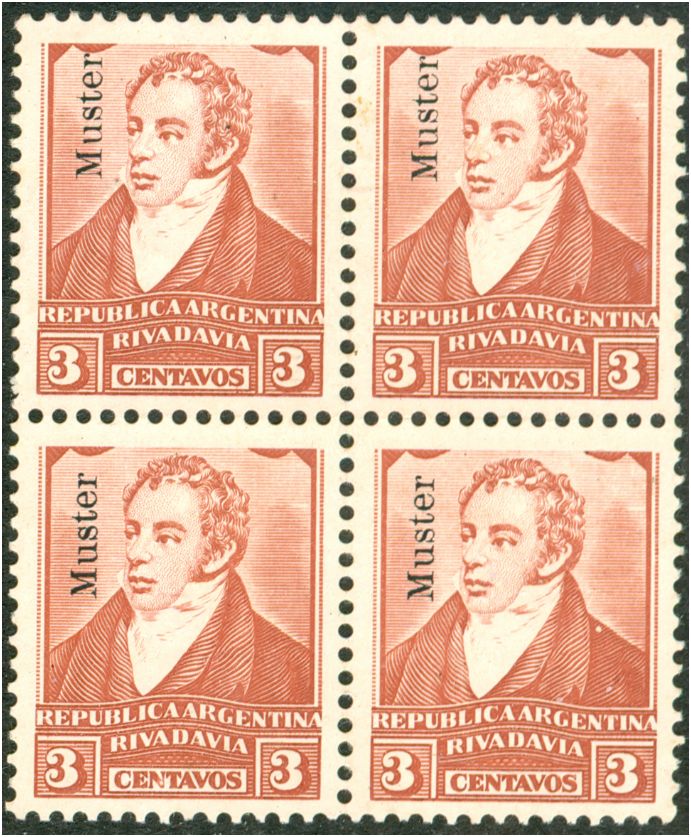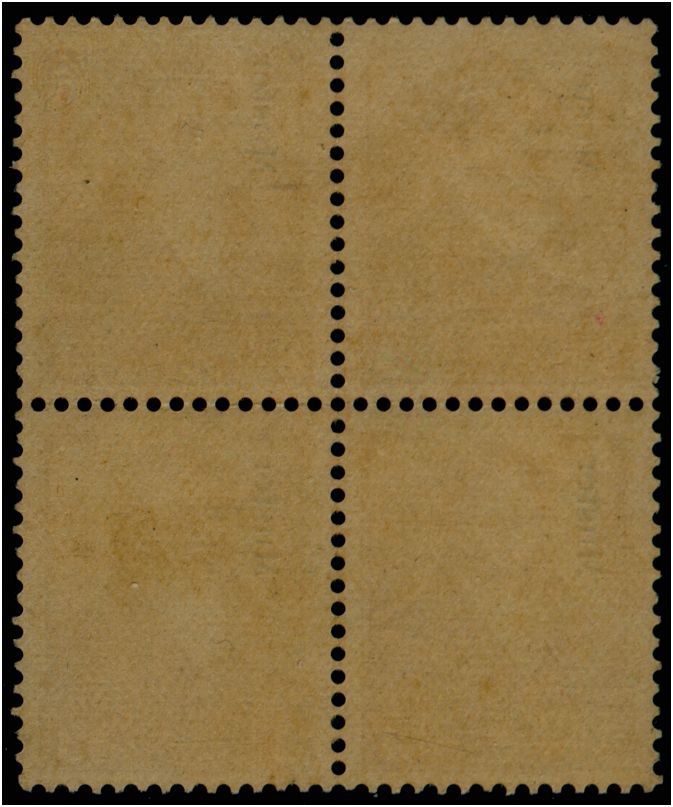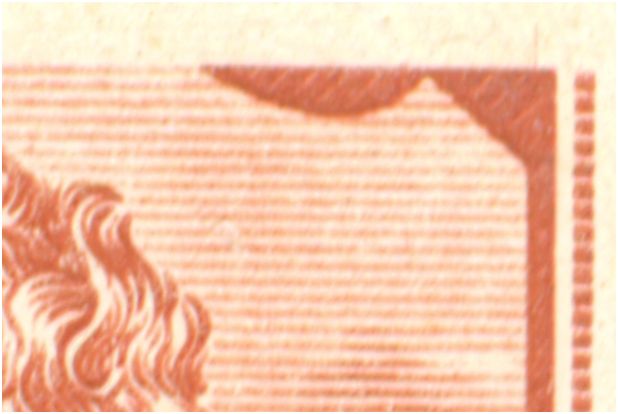Página 1 de 1
Pruebas Rivadavia ¿1892?
Publicado: 14 May 2009 22:54
por ernesto
Hola
Estaba chusmeando en un sitio de ventas, y encontré esto:
11423muster.JPG
Lo anuncian como pruebas no adoptadas.
No es algo que me interese, pero me llamó la atención. ¿Son buenos?
Saludos
Ernesto
Re: Pruebas Rivadavia ¿1892?
Publicado: 15 May 2009 00:06
por patagonian
No tengo el Kn 58 a mano, pero éstos son bastante vistos. NO son de la CSBB, estaban buscando alternativas, incluso el Poligráfico de Roma sacó unas muestras similares para nosotros.
Hasta plena confirmación, tomá 98% como buenos.
Re: Pruebas Rivadavia ¿1892?
Publicado: 15 May 2009 04:51
por Rein
The Nederlandsche Rotogravure Maatschappij had been active in preparing photogravure stamps both with and without screen. They were in close cooperation with the German printing press manufacturers Goebel AG in Darmstadt. I would not be suprised that these stamps - very similar to the ones I have in the NRM archives in Leiden, The Netherlands, originate from the period round 1930. The photogravure stamps without screen were to be nearly identical to recess-printed stamps. GOEBEL was also responsible for the press with which the first stamps were printed in photogravure by the State Printing Works in Rome.... And the first photogravure stamps for South Africa!!
The German word "muster" also points out to the German machine manufacturer...
Re: Pruebas Rivadavia ¿1892?
Publicado: 16 May 2009 20:19
por ntrm
Adjunto una de las pruebas con filigrana hecha en el año 1932? por el Instituto Poligrafo dello Stato en Roma.
File0256 (Large).jpg
Martin
Re: Pruebas Rivadavia ¿1892?
Publicado: 29 Jun 2009 12:52
por Rene.Jacobsohn
Martin, VK dice que existen pruebas de dos empresas: 1) Insituto Poligrafico de Roma y 2) de Harrison & Sons. Supongo que estas muestras impresas en offset tienen su origen en Roma, el sello con filigrana que parece grabado entonces seria un producto de Harrison. Ambos deben haber aparecidos en los anos 30 y probablemente sirvieron como muestras, quiza impresas por Göbel, para fomentar las ventas. Un cordial saludo,
René
Re: Pruebas Rivadavia ¿1892?
Publicado: 08 Ene 2010 12:57
por Rein
Rein escribió:The Nederlandsche Rotogravure Maatschappij had been active in preparing photogravure stamps both with and without screen. They were in close cooperation with the German printing press manufacturers Goebel AG in Darmstadt. I would not be suprised that these stamps - very similar to the ones I have in the NRM archives in Leiden, The Netherlands, originate from the period round 1930. The photogravure stamps without screen were to be nearly identical to recess-printed stamps. GOEBEL was also responsible for the press with which the first stamps were printed in photogravure by the State Printing Works in Rome.... And the first photogravure stamps for South Africa!!
The German word "muster" also points out to the German machine manufacturer...
Having the brown stamps myself now I can clearly they are printed in the secret method of the NRM - photogravure without a screen - the poor man's recess! The diagonal lines in the corners are typical for that process - see all the South African unscreened photogravure stamps of the 1930-1948 period.
There is no offset involved as Rene Jacobsohn suggests!
GOOGLE:
Tener los sellos marrón yo ahora noto claramente que se imprimen en el método secreto del NRM - fotograbado sin pantalla - el grabado de los pobres! Las líneas diagonales en las esquinas son típicas de ese proceso - ver todos los Estados de África del Sur sellos fotograbado sin pantalla del período 1930-1948.
No hay offset como René Jacobsohn sugiere!



Re: Pruebas Rivadavia ¿1892?
Publicado: 24 Jun 2011 16:05
por Rene.Jacobsohn
Hola
Rein es EL especialista para los diferentes metodos de impresion. Yo no lo soy y creo que Rein tiene razon. Los que se interesan al tema pueden informarse en el VK58, capitulo pruebas. Hay una pequena diferencia de tamano entre estas
muestras impresas para Harrison y el Instituto Poligrafico, tambien hay mas colores que las mostradas. Saludos,
René


